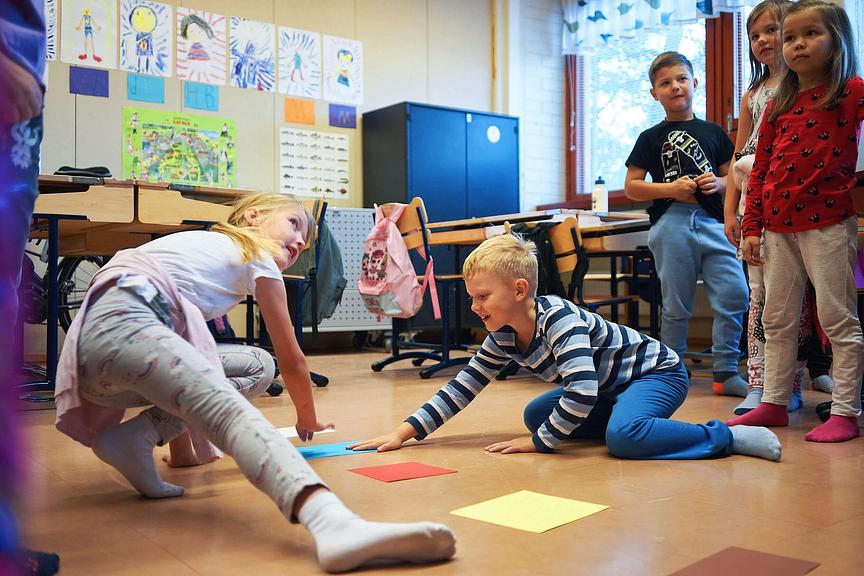Promoting wellbeing and health is stressed in the operations of the entire city. Learners' wellbeing is supported proactively, and in many ways on an everyday level. Learners are viewed as holistic individuals: school supports the learner's physical, mental and social growth and wellbeing, and promotes the adoption of a healthy lifestyle. Student welfare services have been available to children and young people in Helsinki for more than 40 years. Free school meals, available since 1948, are part of learning and the community.
Multidisciplinary student welfare services provided locally maintain a good learning atmosphere and help to prevent bullying and social exclusion. Daily exercise and school meals keep pupils and students going, improve their learning performance, and help them to adopt an active lifestyle and healthy diet.School meals take account not only of dietary recommendations, but also learners' participation and sustainable development. For example, school meals now have more vegetarian ingredients, and food waste has been reduced.
Services in Helsinki are customer-oriented and easily accessible. Wellbeing must be promoted, even before problems occur. In terms of preventing social exclusion, it is important to adopt measures in a timely fashion and strengthen the bases for factors and growth environments that support and protect wellbeing.
Preventative student welfare services are provided wherever children and young people spend time. Services are provided on a multidisciplinary basis at all levels of education, taking different language groups into account. Student welfare psychologists or social workers assess learning difficulties, solve problems through interaction, or support learners with mental challenges. Anticipation and early interception are important.
Schools in Helsinki operate on the 'Finnish Schools on the Move' principle. Learning is boosted through functional methods and by increasing exercise during each school day and when going to and from school. Each school finds its own ways of incorporating more exercise into the school day. About a quarter of all lessons are devoted to some form of physical activity every day, and this time is primarily spent outdoors around the year. During breaks, pupils can play games and have equipment at their disposal. They can also prompt each other to be physically active.

